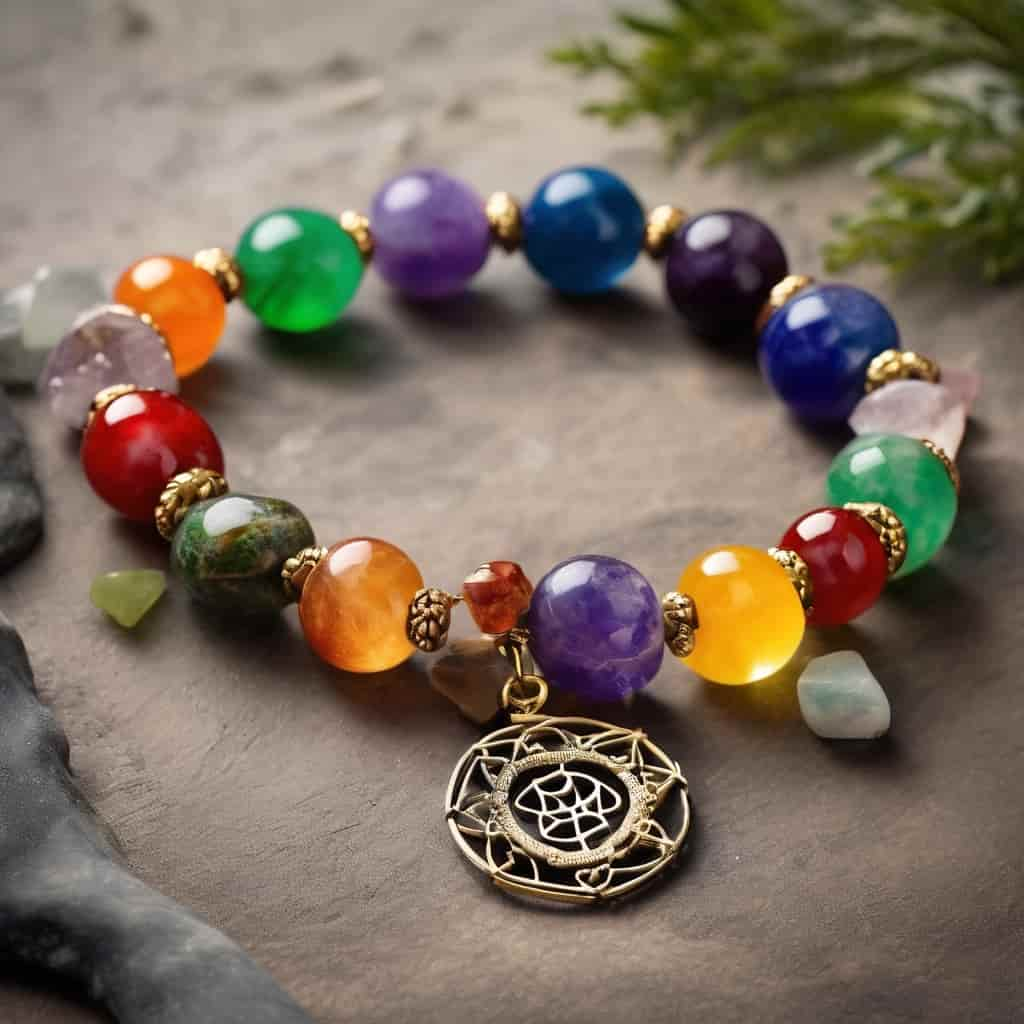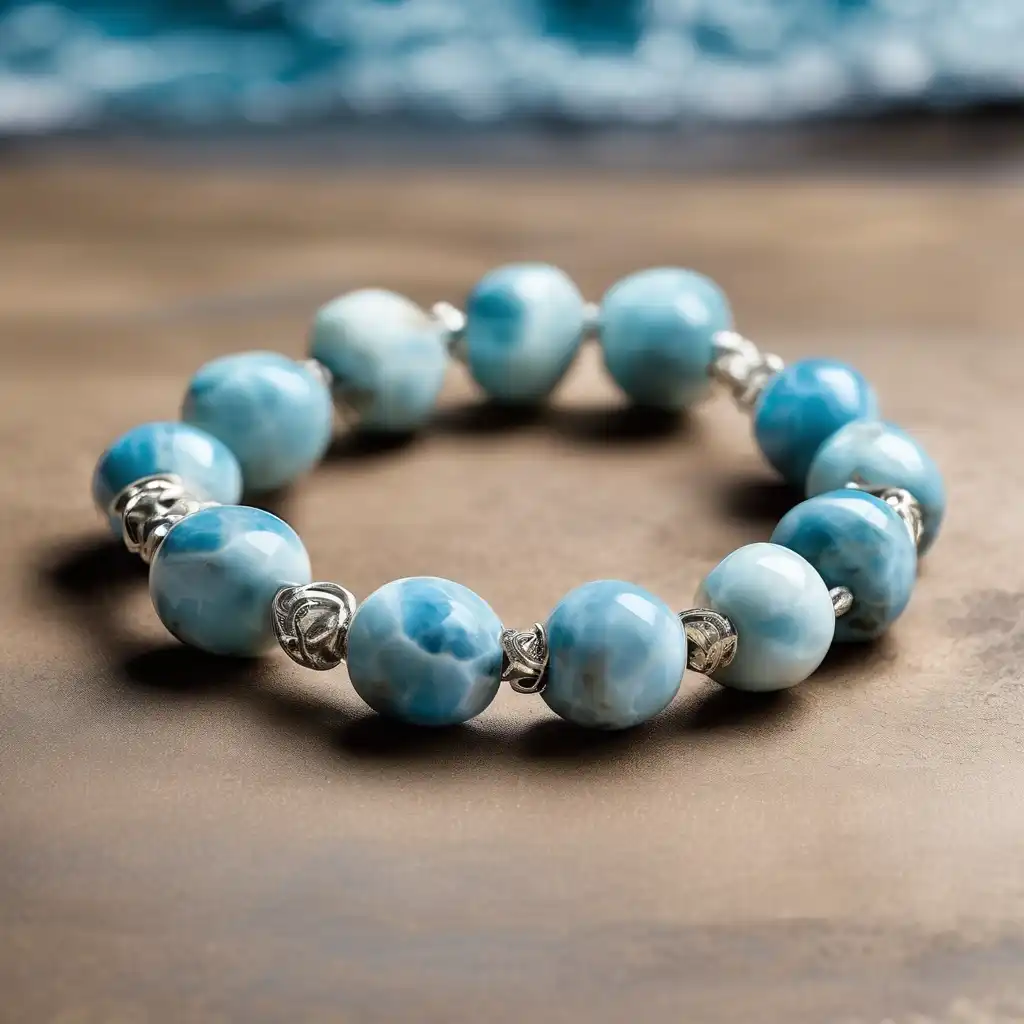Ethiopian Jewelry: A Timeless Expression of Culture, Faith, and Art
The Cultural Roots and Iconic Forms of Ethiopian Jewelry
Ethiopian jewelry is a wonderful mirror of the outstanding spiritual and cultural tradition of the country. Ethiopian jewelry is a meaningful statement of ancestry, identity, and faith that goes beyond simple ornamentation. It is renowned for its elaborate designs, symbolic meaning, and centuries-old craftsmanship. When people inquire, “What jewelry is Ethiopia known for?” The response is as nuanced and vivid as the national past itself.
Iconic Forms of Ethiopian Jewelry
Ethiopian jewelry has long included elaborate necklaces, Coptic cross pendants, ceremonial headpieces, currency jewelry, filigree earrings, and exquisitely carved rings. Of these, the Coptic cross necklace is maybe the most identifiable emblem. These crosses, worn around the neck or as larger ornamental ornaments, illustrate Christianity’s lengthy history in Ethiopia, a country that adopted the faith as early as the fourth century. Every area in Ethiopia even has a different cross design, created with separate patterns handed down through the years.
In remote areas, women frequently wear Ethiopian handcrafted jewelry as part of their everyday dress or as extravagant ornamentation during celebrations and rites of passage. These items are typically made of silver or brass, with gold jewelry kept for more prominent occasions such as weddings or religious festivals. The creations usually use African beaded jewelry techniques, with red, green, yellow, and black beads representing Ethiopian national colors or local tribal identities.
Craftsmanship and Techniques
Expert craftspeople usually make traditional Ethiopian jewelry set using conventional techniques like hand-forging, repoussé, and lost-wax casting, delicately molding metals with age-old methods to produce intricate patterns. Ethiopian handcrafted jewelry stands out in the international market because of its dedication to traditional methods. From a silver bangle to an Ethiopian opal-beaded crucifix, every item conveys a narrative about its maker and culture.
Social and Cultural Significance
Ethiopian jewelry gold frequently reflects social class, marital status, and regional identity in addition to religious symbolism. For example, in some cultures, the number and size of neck rings represent a woman’s wealth or lineage. In Ethiopia, heavy, layered necklaces and matching earrings are common bridal accessories, often passed down as heirlooms across generations. These decorations convey family prestige, protection, and spiritual rewards rather than only aesthetic ones.
Traditional Ethiopian ornaments are distinctive because they strike a balance between practicality, spirituality, and beauty. For millennia, Ethiopian jewelry has not only accentuated the body but also been talismans against evil spirits, symbols of significant life events, and evidence of social status. The selection of materials, from natural stones to weaved cord and religious symbols, is purposeful and significant.
Modern Adaptations and Global Appeal
Ethiopian jewelry has gained popularity in recent decades, thanks in part to diaspora designers and celebrity endorsements. Modern variations of the Coptic cross necklace, together with the growing popularity of Ethiopian opal beads, have helped bring this ancient custom to new audiences. Ethiopian garments can now be worn in modern settings thanks to these advances, which also honor tradition.
As people around the world become more interested in meaningful, ethical ornamentation, Ethiopian jewelry stands out as a sustainable and narrative-rich option. Artisans continue to practice traditions handed down through generations, working by hand and sourcing materials locally. This method guarantees not just excellent workmanship but also preserves the cultural authenticity that gives Ethiopian jewelry its personality.
Ethiopia is most known for jewelry that mixes spiritual meaning, regional pride, and artistic mastery in general. From the famous Coptic cross necklace to African beaded jewelry mixed with ancestral energy, these accessories provide a live link between past and present. The tradition of Ethiopian jewelry is not confined to museums; it is alive, changing, and proudly worn by people in Ethiopia and around the world.
Symbolism, Identity, and Daily Life: The Core of Ethiopian Jewelry
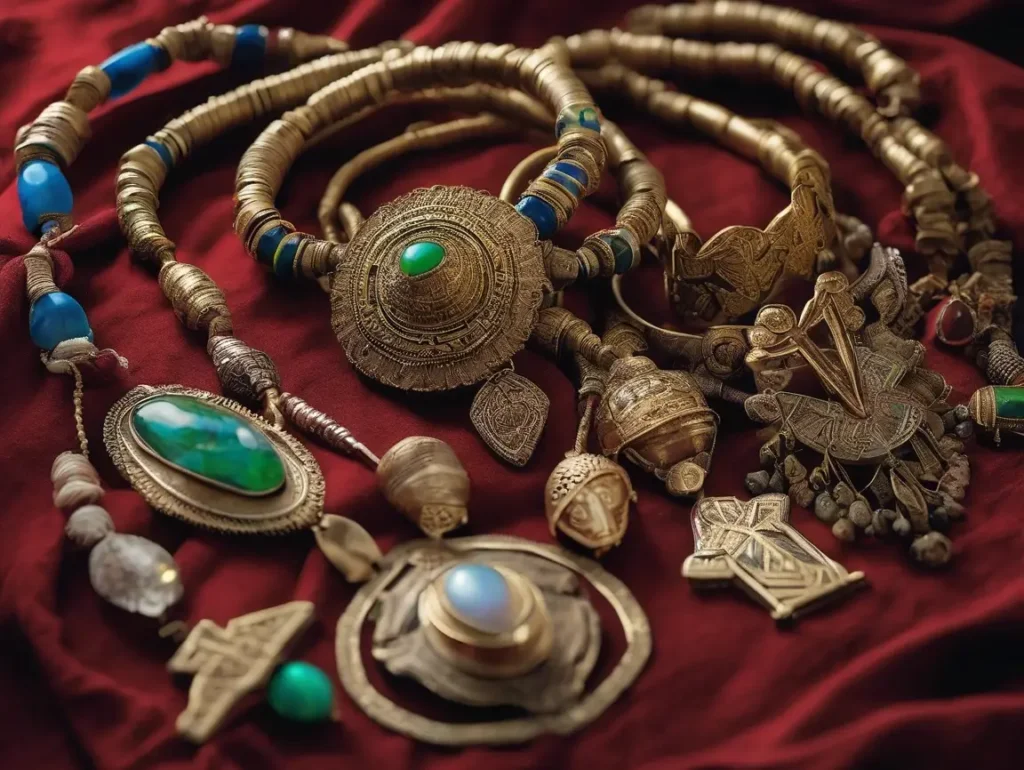
One must look beyond Ethiopian landscapes and folklore to the personal artifacts people wear, particularly jewelry, to fully comprehend the country’s cultural pulse. Thus, when someone is asked, “What is Ethiopia best known for?” The response goes much beyond coffee and old history. Ethiopian jewelry, a tradition steeped in symbolism, spirituality, and societal belonging, is one of its most distinctive cultural and identification markers.
Jewelry as a Visual Language
Ancient ethiopian jewelry serves as a visual language that goes beyond decoration. Every artwork has a more profound meaning that represents personal identity, religious dedication, or social status. Ethiopian jewelry symbolism revolves mostly on faith, particularly the firmly rooted Christian ideas of the Ethiopian Orthodox Church. Crosses, religious themes, and spiritual geometry are prevalent in traditional Ethiopian adornments, conveying a strong sense of heavenly protection and moral harmony.
The Coptic Cross and Spiritual Protection
A significant part of Ethiopian culture is represented by the Coptic cross. Worn as pendants, earrings, or etched into larger ornamental items, this emblem represents the spiritual link to God and the tradition of historic Christianity in the country. Moreover, the Coptic cross is thought to provide defense against bad luck and demons. With more than 100 distinct Ethiopian cross designs, each signifying a distinct geographical area or ethnic community, the jewelry serves as a kind of passport, tracking both ancestry and origin.
Bridal Jewelry and Generational Blessings
Ethiopian wedding jewelry shows still another level of significance beyond crosses. Brides are decked out in elaborate, heavy jewelry at wedding ceremonies, which stands for wealth, loyalty, and continuity. These items, often crafted from gold or 925 silver, transmit blessings across generations. Necklaces, earrings, and bangles that match represent spiritual purity and family harmony. Wearing such jewelry is a public display of honor and ancestry in addition to being a celebratory deed.
Beads and Their Symbolic Power
Moreover, beads have enormous symbolic power. Crafted from materials such as glass, stone, or Ethiopian opal, they are strung together in traditional color patterns: red for protection, green for fertility, yellow for happiness, and black for fortitude. These hues, which are commonly found in African beaded jewelry, frequently mirror the Ethiopian flag and symbolize national pride. In tribal environments, bead patterns function as identifiers and social markers, allowing people to quickly distinguish clan affiliation and marital status.
Jewelry as Cultural Resistance
The symbolism transcends personal character. During periods of war or political instability, antique ethiopian jewelry has also acted as a silent protest, conserving cultural legacy when other means of expression were prohibited. Women would keep passing down the craft of metalwork and beadwork, upholding custom by hands and hearts instead of books or records. The jewelry itself thus becomes an archive of continuity and resiliency.
Modern Interpretations with Traditional Roots
Modern artists keep respecting these customs while modernizing them for the next generations. Ethiopian jewelry today sometimes combines traditional motifs with modern shapes, such as minimalist renditions of the Coptic cross, geometric earrings with religious symbols, or beaded anklets made for casual wear. Despite these changes, the fundamental meaning remains unchanged: jewelry is still a language, a lineage, and a history.
The need for accessories with soul and significance is growing, and Ethiopian jewelry provides a strong response. Every pendant, every carved bead, is a wearable narrative—a monument to the continuing ideals of faith, family, and community. Whether worn in Addis Abeba or New York, these pieces elicit admiration and meditation, forming a silent link between the past and the present, tradition and innovation.
In the end, Ethiopian jewelry serves as both a symbol of Ethiopia and a means of remembering the country. It serves as a testament to its people’s beliefs, a symbol of their inventiveness, and a mirror of their commitment. Above all things, this symbolism is what transforms jewelry into something sacred.
Materials and Workmanship: What Makes Ethiopian Jewelry Really Original?
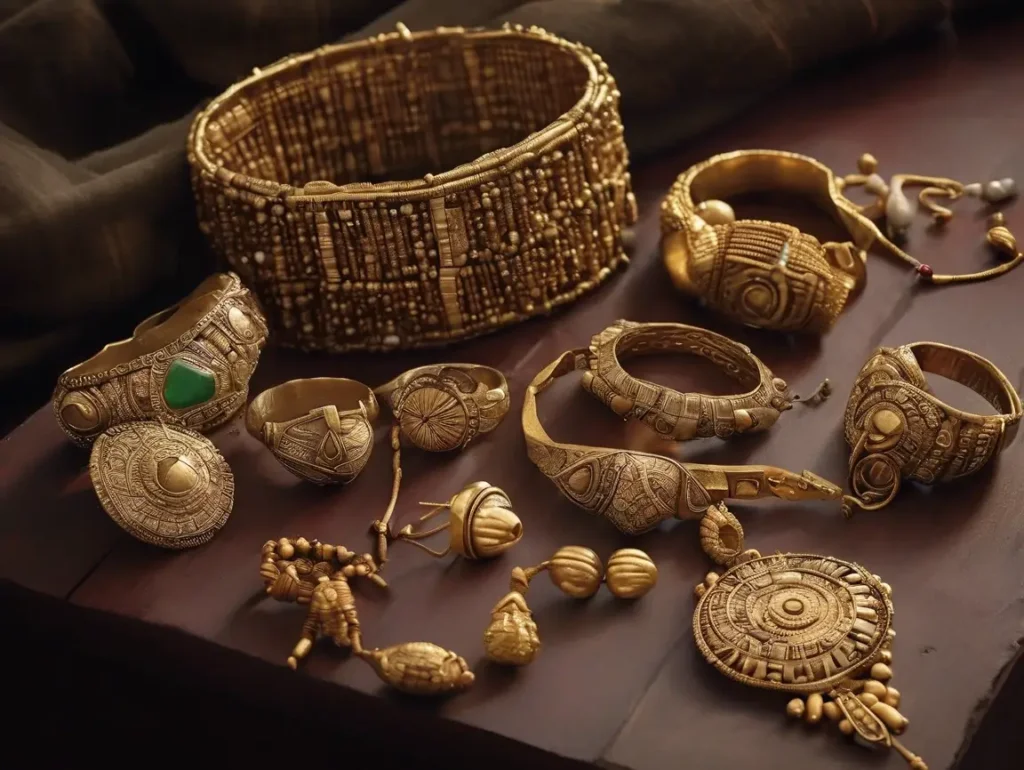
One of the most often asked questions among customers looking for real ethnic decorations is, “How can I know original jewelry?” Ethiopian jewelry’s materials, techniques, and obvious workmanship—elements passed down through generations of talented artists treating every piece as a legacy—define the answer here.
Handcrafted Excellence
Real Ethiopian handcrafted jewelry comes from careful craftsmanship done using basic, usually primitive instruments. All of the pendants, necklaces, and earrings are handmade, frequently in studios little bigger than a family kitchen, in contrast to mass-produced ornaments. A Coptic cross necklace’s exquisite engraving, a silver bangle’s precise twists, or the color accuracy of African beaded jewelry strings all demonstrate the artistry that goes into these pieces.
Metal Quality and Authenticity
A hallmark of real Ethiopian jewelry is the metal quality, usually composed of 925 sterling silver or 18K gold. Have you ever wondered, “What does 925 represent on jewelry?” It shows 92.5% pure silver, a benchmark in quality handcrafted jewelry. With obvious hand-marking or stamps indicating its quality, genuine Ethiopian silver jewelry will often weigh more than fake equivalents. Similarly, Ethiopian gold jewelry typically features traditional patterns and may contain subtle etching, symbolic textures, or hefty motifs that set it apart from gold-plated reproductions.
Ethiopian Opal Beads
Another crucial indicator of authenticity is the presence of beads. People highly prize Ethiopian opal beads for their fire, brightness, and uniqueness. Experts meticulously select these polished stones from Ethiopian mines, shaping them into smooth, translucent forms that shimmer in the light. Many artisans link opal beads with hand-strung cords or incorporate them into silver chokers, combining natural and human talent in a single exquisite design.
Traditional Techniques
Those looking for real items should also notice the technique applied. In lost-wax casting, for example, the artist shapes a design into wax, then covers it with clay and heats it to form a mold. When molten metal is poured into the mold, unique designs are created. In contrast to factory-stamped decorations that are repetitively uniform, these items exhibit subtle asymmetries, which is evidence of their handmade character.
Buying Ethiopian Jewelry Online
As vintage Ethiopian jewelry has grown in prominence outside of Africa, online channels have made it more accessible. Customers frequently search for Ethiopian jewelry on Amazon or browse for Ethiopian jewelry online to locate global suppliers, but this convenience comes with a catch: authenticity varies. Online buying calls for confirming the origin, material description, and handcraft source. Genuine vendors frequently emphasize the cultural provenance, offer images of handcrafted details, and disclose all relevant information, particularly when selling precious metals and gemstones.
Natural Materials and Symbolism
Beyond stones and metals, Ethiopian beaded jewelry is especially well-known for its natural materials. Rural communities hand-create and dye beads using materials such as clay, glass, shell, and even hand-carved wood. These are more than just design features; they are full of symbolic significance. For example, black beads are frequently associated with protection and power; green with fertility and a link to the ground; and red with vigor and ancestral energy.
Bridal Jewelry and Heirloom Quality
Often containing up to 200 grams of metal per necklace, bridal sets make extensive use of high-quality gold and silver. These large, elaborate pieces are symbols of family wealth and status, and they frequently include filigree metalwork or stacked currency drops. In these situations, determining the metal’s weight and purity is crucial for confirming genuineness.
Identifying Authentic Pieces
On the other hand, counterfeit silver fades or peels away from the skin. These are just a few ways to identify the difference. Similarly, genuine Ethiopian opal beads have a dynamic play of color that varies from stone to stone, but glass imitations appear flat and uniform.
The Future of Ethiopian Jewelry
Today’s artists continue to balance adhering to traditional methods with adapting to global markets. Many now provide personalized designs, ship internationally, and even reveal the background of every item, therefore transforming every purchase into a cultural learning tool. Real Ethiopian jewelry is a physical link between history, artistry, and personal identity, whether purchased from an e-commerce site or at a market in Addis Ababa.
From Custom to Trend: Global Expansion of Ethiopian Jewelry
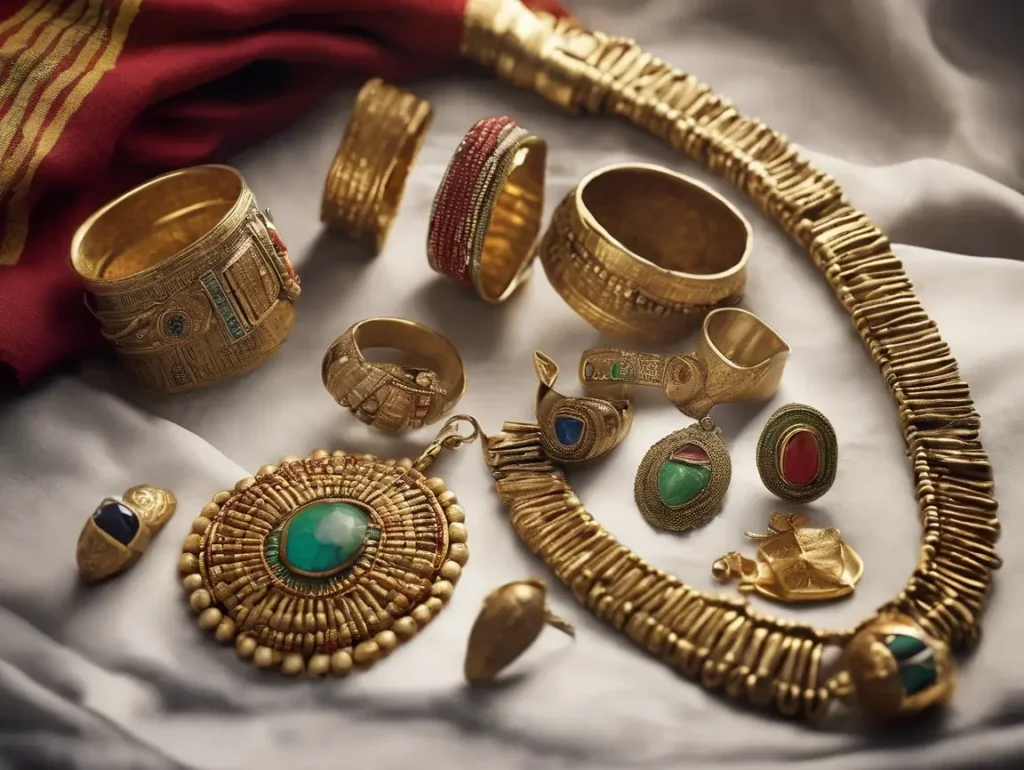
Ask someone who loves fashion or a cultural curator, “Which nation has the most gorgeous jewelry?” And ever more often, Ethiopia is the response you will get. While India and Italy have long been recognized for their wealth and sophistication, Ethiopian jewelry is gaining global attention due to its raw authenticity, ancient meanings, and distinctive style. Not limited to the Horn of Africa, this ancient skill has found its home on red carpets, runways, and social media sites—worn proudly by celebrities, designers, and cultural tastemakers alike.
The Coptic Cross Goes Global
One of the most iconic forms of Ethiopian handmade jewelry that has acquired global appeal is the Coptic cross necklace. Despite its deep spiritual roots, it has become a strong and important fashion statement in current dressing. Today, you can find minimalist reinterpretations of these crosses in sterling silver or gold, suspended from leather cords or fine chains, and worn alone or layered. These crosses are being used in seasonal collections by designers from Paris to Los Angeles, who are emphasizing their geometric beauty and religious origin.
African Beaded Jewelry in Popular Culture
The popularity of African beaded jewelry in popular culture has also improved Ethiopia’s standing. Once representing a tribe, social standing, or spirituality, beaded chokers, waist beads, and multicolored bracelets are now popular worldwide due to their handcrafted appeal. Music festivals, bohemian boutiques, and premium fashion houses showcase these designs. What distinguishes Ethiopian beaded work is not just its aesthetic, but also the soul etched in every strand — each bead conveys a story, connecting to centuries-old rituals and community activities.
Celebrity Endorsements
Ethiopian jewelry has been promoted worldwide through the efforts of global personalities including Lupita Nyong’o, Rihanna, and Beyoncé. Whether it’s a Coptic cross pendant combined with haute couture or opal-studded earrings worn at galas, these celebrities highlight cultural craftsmanship. Their presence not only presents the artistic appeal to fresh viewers but also piques their curiosity in the sources and craftspeople behind every work.
Modern Ethiopian Designers
Ethiopian-born modern designers are therefore receiving praise all around. Enzi, Yefikir, and individual artists from the diaspora are fusing traditional Ethiopian adornments with contemporary fashion tastes. These designers are reaching consumers who yearn for jewelry with purpose, not simply glitter, via social media and worldwide e-commerce. Their collections frequently combine clean, architectural lines with traditional processes, resulting in items that feel both timeless and contemporary.
The Role of E-Commerce
Online stores have sped up this exposure. A quick search for Ethiopian jewelry online yields thousands of results, ranging from handcrafted bridal sets to minimalist opal studs. International shipping and growing consumer interest in ethical fashion have made it easier for worldwide clients to purchase authentic goods directly from Ethiopian artists or certified importers. Social media, particularly Instagram and Pinterest, is a major tool for disseminating these fashions, which are frequently accompanied by instructive commentary about the cultural value of each piece.
A Shift Towards Meaningful Fashion
More than merely a trend, this worldwide respect signifies a deeper social change. Consumers are increasingly rejecting fast fashion in favor of handcrafted, meaningful items that align with their ideals. Ethiopian jewelry combines elegance and tradition in a way that beautifully and profoundly satisfies this demand. Everything links wearer to maker, tale to symbol, and past to present. The end effect is soulful, not just beautiful jewelry.
Preserving Tradition While Embracing Modernity
Crucially, this increase has not compromised custom. Rather, it has fostered a rebirth of rural handicraft and historic methods. Better recognition and fair pay for artists—many of whom are women working in cooperatives or family-run businesses—have come from growing demand. Preserving the oral and manual traditions of their progenitors, these creators also contribute to a contemporary, global narrative.
Today, Ethiopian jewelry resides at the intersection of fashion and history. Its core values—faith, identity, and craftsmanship—remain intact even as its shape and purpose change. It adorns the bodies of women strolling through Addis Abeba markets and flaunting fashion week in Milan. Ethiopian jewelry remains enchanting, enlightening, and empowering in this global evolution—a testament that beauty is not solely embodied by one’s attire but also one’s legacy.
Ethiopian Jewelry: Living Cultural Legacy
The physical legacy of gold Ethiopian jewelry, which can be worn, passed down, or just appreciated, is at the core of Ethiopian culture. These minute decorations are heirlooms of identity, hints of faith, and visual echoes of old stories—more than just accessories. The continuous relevance of Ethiopian jewelry in both local communities and global fashion circles demonstrates that it is a living, breathing tradition rather than an inert artifact.
A Craft Passed Down Through Generations
Jewelry-making is still a trade handed down through the years across Ethiopia. From small towns to busy metropolis workshops, artists shape objects with a reverence-based calm. The usage of silver, gold, and Ethiopian opal beads is not only aesthetically pleasing but also meaningful. Every bend of silver wire, every carved bead, and every stamped cross maintains centuries-old knowledge and meaning.
Global Accessibility and Fair Trade
More importantly, Ethiopian handcrafted jewelry changes with the times. Using sites like Etsy, Amazon, and personal websites, artists today interact with worldwide marketplaces and create bridges. Nowadays, consumers from all around the globe can purchase straight from Ethiopian artists, therefore promoting fair trade, preservation of traditional methods, and cultural interaction. The outcome is a dynamic environment in which craft preserves identity as well as economy.
Ethiopian Jewelry as a Gift
This accessibility has also made Ethiopian jewelry a popular and significant gift choice. Can you give Ethiopian jewelry as a gift? Clearly. Whether it’s a Coptic cross necklace indicating protection and religion or a string of African beaded jewelry representing joy and ethnic pride, these pieces convey multiple messages. Giving Ethiopian jewelry is an offering of history, intention, and spiritual resonance, not only a show of beauty. It unites giver and receiver via a common appreciation of art and ancestry, making it ideal for birthdays, weddings, religious milestones, and cultural events.
Wearing Ethiopian Jewelry with Respect
As its popularity grows, many people are also curious about styling and appropriateness. Is it okay to wear Ethiopian crosses universally? Indeed, many people do. Despite its profound spiritual significance, the Coptic cross has become a global design icon. Worn by itself or stacked with other necklaces, it presents a striking visual statement as well as a chance for cultural learning. For those not aware of the symbolism, wearing such items with respect and inquiry deepens the experience and transforms fashion into a conversation tool.
Caring for Ethiopian Jewelry
Preserving the quality of these treasures is also crucial. How would one wash Ethiopian silver jewelry? The type of silver and whether it contains opals—a porous gemstone—determine the appropriate washing method. A soft polishing cloth is an excellent everyday maintenance tool for pure 925 sterling silver. Particularly with beaded or opal-inlaid designs, steer clear of employing strong chemicals. A moderate mix of baking soda and warm water can remove tarnish, but store objects in dry, cold places to maintain their shine. When in doubt, ask the merchant or artist, particularly for ancestral artifacts.
The Lesson of Connectivity
At last, the lesson of Ethiopian jewelry is about connectivity. It connects the past with the present, the spiritual with the material, and the individual with the collective. Every hammered pendant or hand-strung bracelet carries a memory that transcends basic origin to include what it stands for.
In Essence
Ethiopian jewelry goes well beyond decoration. It is a confession of religion, a mirror of identity, a vehicle of history, and a changing art form. Rooted in old workmanship and raised via contemporary expression, it is among the most striking models of cultural continuity in wearable form.
Each piece, from the hallowed geometry of Coptic crosses to the brilliant colors of beaded strands, narrates a unique story. Regardless of whether it is donned by a bride in Addis Ababa or a fashion-forward artist in New York, Ethiopian jewelry conveys the same message: beauty with purpose, tradition with pride.
Ethiopian jewelry is beautiful and meaningful, so it survives in a world where trends fade quickly. We encourage wearing history, honoring culture, and connecting with something greater than ourselves.

